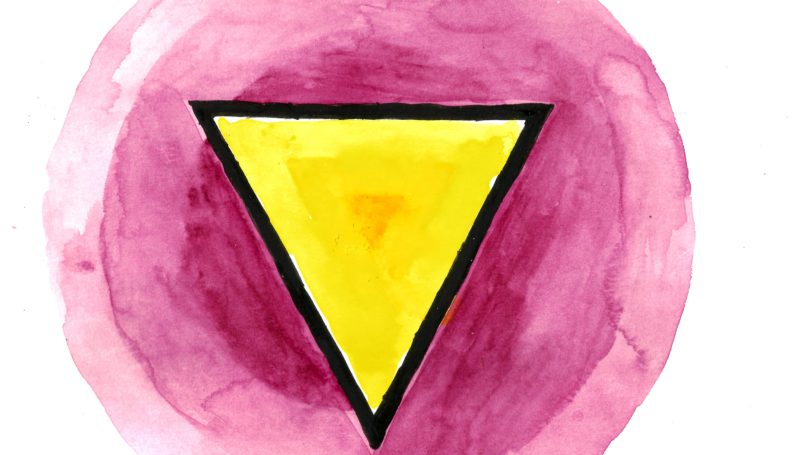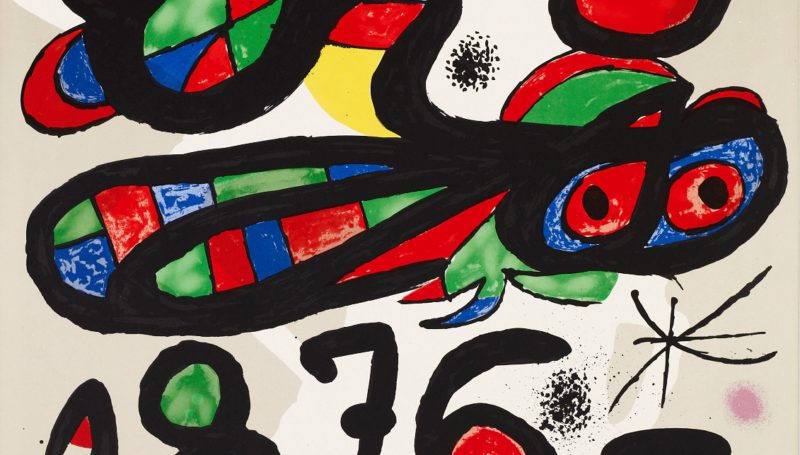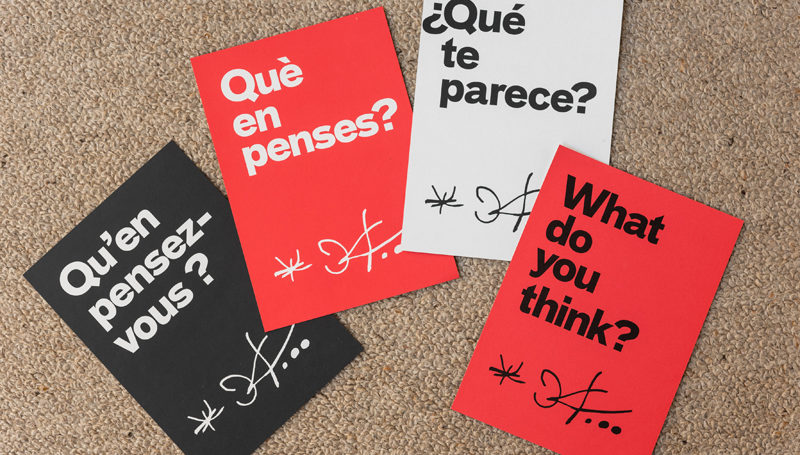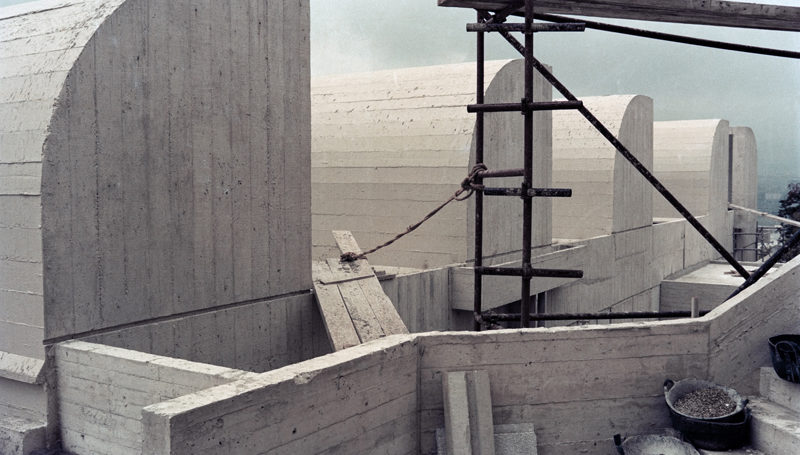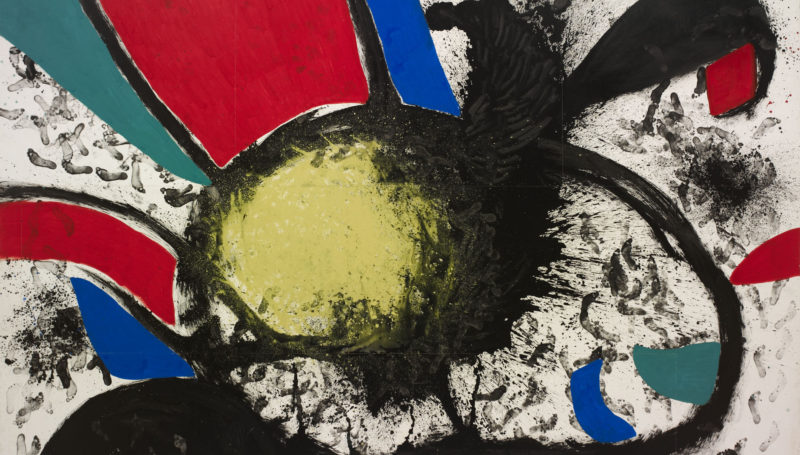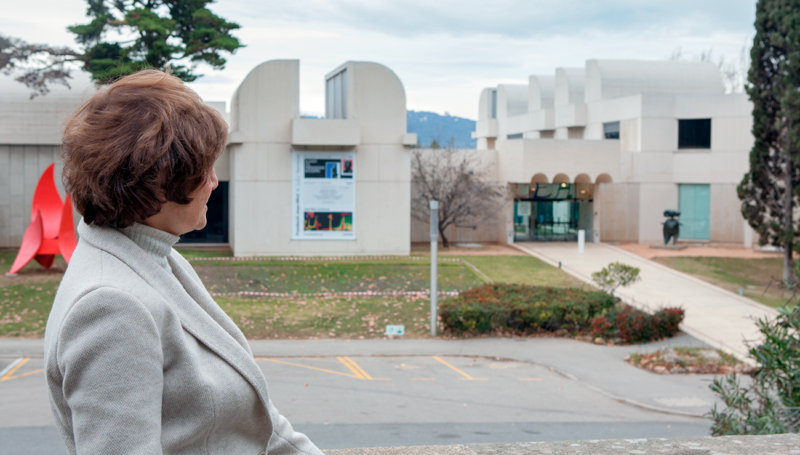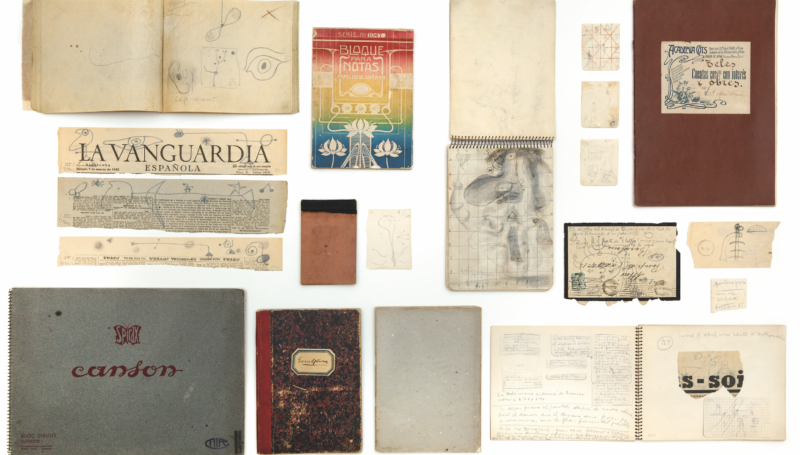
The Fundació Joan Miró Archive: Awareness of and Responsibility for a Legacy
Coinciding with the presentation of the Miró – ADLAN. An Archive of Modernity (1932-1936) exhibition at the Fundació Joan Miró, we are publishing the following interview with Teresa Montaner, the head of collections who is also responsible for the Fundació’s archive.
Continue reading The Fundació Joan Miró Archive: Awareness of and Responsibility for a Legacy





